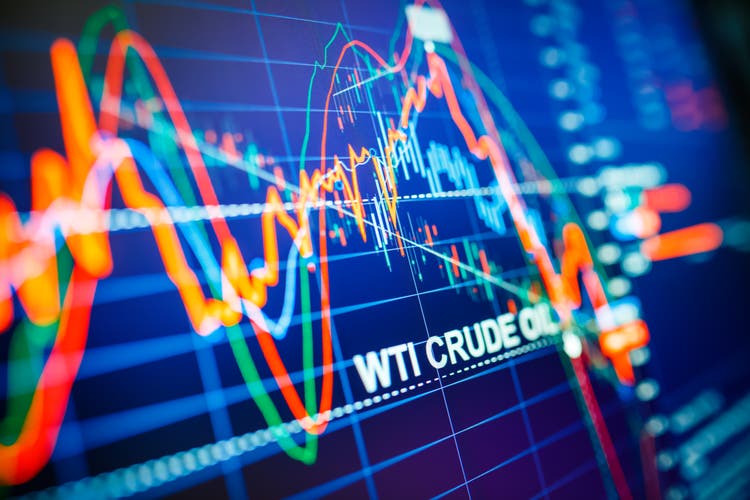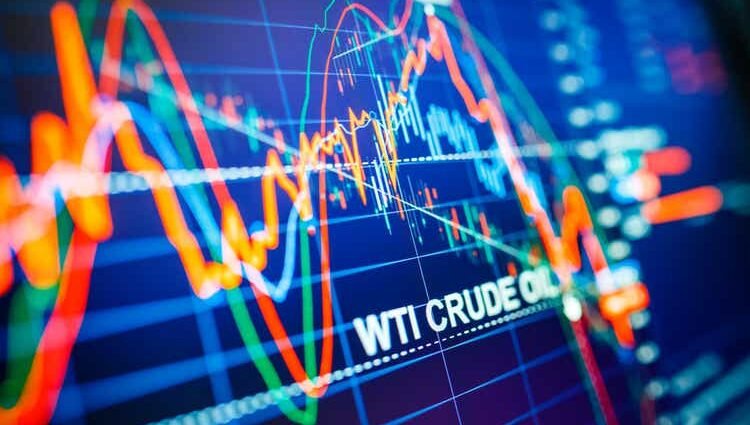
SlavkoSereda/iStock via Getty Images
U.S. crude oil broke a three-session losing streak as government data showed signs of strengthening demand for refined products after the Fourth of July holiday.
The holiday provided an expected increase in demand for jet fuel, with the four-week seasonal average rising to the best level since 2019, according to the latest weekly report from the U.S. Energy Information Administration, while domestic demand for gasoline on a four-week average also gained to the highest since 2021 seasonally, and inventories fell to the lowest since May.
“This summer was expected to be a pretty good driving season, and it seems to be playing out that way,” Tortoise Capital Advisors managing director Brian Kessens told Bloomberg.
Additionally, inventories at the Cushing storage hub fell by 700K barrels to the lowest level since late April.
“Many facilities in the Gulf Coast region may be cranking up runs ahead of what could be an unusually active hurricane season underscored by recent Hurricane Beryl,” Ritterbusch analysts said, according to Dow Jones.
An added boost for oil was the largely dovish tone from Federal Reserve Chairman Jerome Powell this week, boosting hopes for an interest rate cut soon as concerns fade about an economic hard landing that could cripple energy demand.
Front-month Nymex crude (CL1:COM) for August delivery finished +0.8% to $82.10/bbl, while front-month September Brent crude (CO1:COM) closed +0.5% to $85.08/bbl.
ETFs: (NYSEARCA:USO), (BNO), (UCO), (SCO), (USL), (DBO), (DRIP), (GUSH), (NRGU), (USOI)
Price gains were limited, as cooler than expected Chinese inflation data emphasized concerns about crude demand, while OPEC left its outlook for growth in crude demand unchanged in its monthly report.
China’s consumer price index rose 0.2% Y/Y in June, the government reported, lower than expected, which analysts said reinforced concerns about lackluster demand.
Meanwhile, OPEC maintained its global oil demand growth estimates at 2.2M bbl/day for this year and 1.8M bbl/day next year; its demand growth expectations are double those of the International Energy Agency and the EIA.










